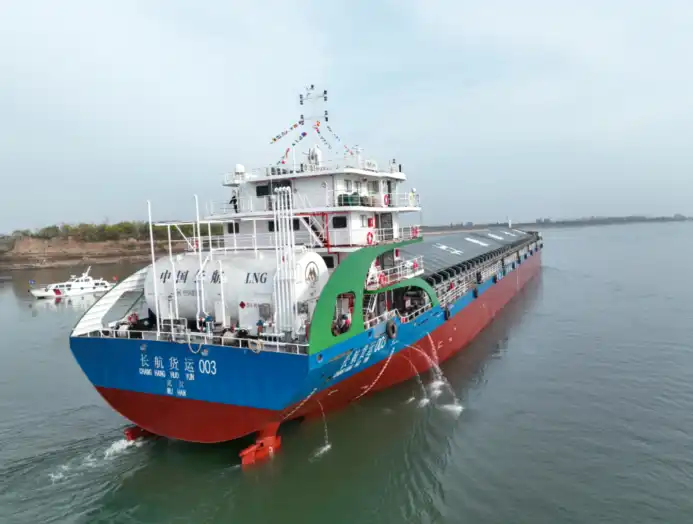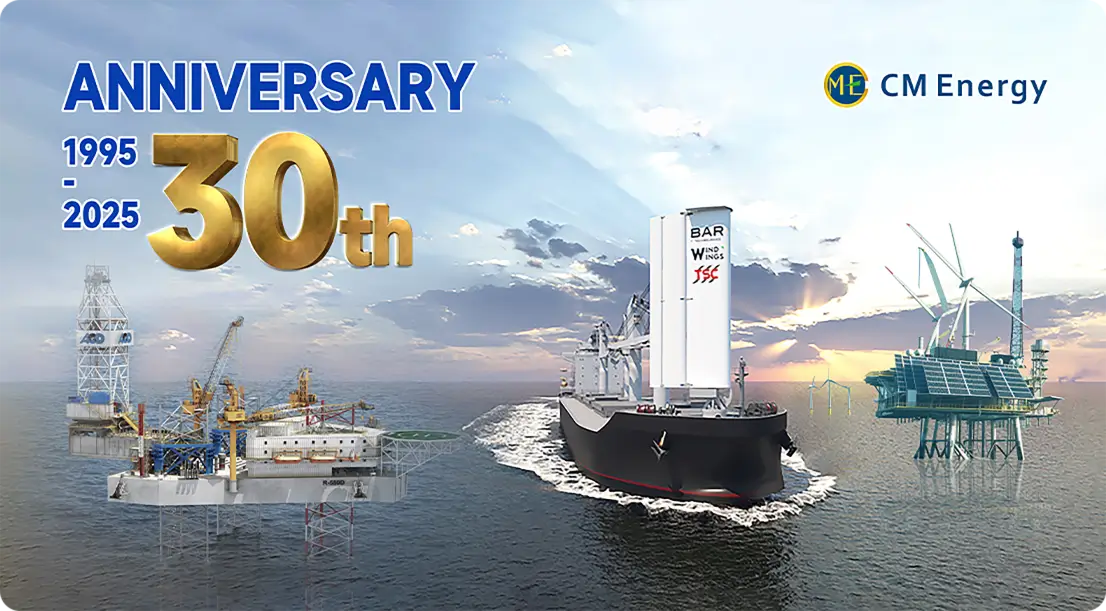Advanced injection technologies for methane reduction
One of the primary methods to minimize methane slip in LNG fuel systems is through advanced injection technologies. These innovations focus on optimizing the fuel delivery process to ensure complete combustion and reduce the likelihood of unburned methane escaping into the atmosphere.
High-pressure direct injection systems
High-pressure direct injection systems represent a significant advancement in LNG Fuel Supply System design. By injecting LNG directly into the combustion chamber at high pressure, these systems achieve better fuel atomization and mixing. This results in more complete combustion and significantly reduced methane slip compared to traditional low-pressure systems.
Precision-controlled fuel injectors
Modern LFSS designs incorporate precision-controlled fuel injectors that can adjust injection timing and duration based on engine load and operating conditions. This level of control ensures that the optimal amount of fuel is delivered at the right moment, minimizing the chances of unburned methane escaping during the combustion process.
Thermal management strategies in LNG engines
Effective thermal management is crucial in LNG engines to maintain optimal combustion conditions and reduce methane slip. By carefully controlling temperature throughout the fuel system and engine, designers can significantly improve fuel efficiency and emissions performance.
Advanced cooling systems
LNG Fuel Supply Systems rely on highly efficient cooling technologies to ensure the fuel remains in its liquid form throughout the transportation and storage process. These systems use advanced cryogenic storage tanks that are designed to maintain extremely low temperatures, keeping the LNG at the required temperature for efficient use. The insulated piping systems further prevent heat exchange, which could cause the LNG to vaporize prematurely. This precise control over temperature is crucial for ensuring that the LNG remains stable and ready for use as a fuel source.
Combustion chamber design optimization
The optimization of combustion chamber design is critical for reducing methane slip and enhancing fuel efficiency. Engineers focus on developing specific geometries within the combustion chamber that encourage a more turbulent mixing of LNG fuel and air. This turbulence improves the uniformity of the combustion process, allowing for more complete combustion of the methane. Additionally, thermal barrier coatings are applied to the combustion chamber surfaces to minimize heat loss.
Dual-fuel systems: Balancing efficiency and emissions
Dual-fuel systems offer a flexible approach to minimizing methane slip while maintaining operational versatility. These systems can operate on both LNG and traditional marine fuels, allowing for optimized performance across various operating conditions.
Intelligent fuel switching mechanisms
Advanced dual-fuel systems incorporate intelligent fuel switching mechanisms that can seamlessly transition between LNG and conventional fuels based on operational requirements. This capability allows engines to operate in their most efficient mode, reducing overall emissions including methane slip.
Adaptive combustion control
Dual-fuel engines equipped with adaptive combustion control systems can adjust their operating parameters in real-time to optimize for the fuel being used. When running on LNG, these systems fine-tune injection timing, pressure, and other variables to minimize methane slip while maintaining power output and efficiency.
Conclusion
The design of LNG fuel systems to minimize methane slip is a complex yet crucial endeavor in the maritime industry's shift towards cleaner energy solutions. By implementing advanced injection technologies, effective thermal management strategies, and innovative dual-fuel systems, significant reductions in methane emissions can be achieved. As technology continues to evolve, the efficiency and environmental performance of LNG Fuel Supply Systems will only improve, further solidifying LNG's role as a transitional fuel in the shipping sector's sustainability journey.
FAQ
1. What is methane slip and why is it a concern in LNG-powered vessels?
Methane slip refers to the unburned methane that escapes from LNG engines during operation. It's a significant concern because methane is a potent greenhouse gas, with a global warming potential much higher than CO2. Minimizing methane slip is crucial for maximizing the environmental benefits of LNG as a marine fuel.
2. How effective are modern LNG Fuel Supply Systems in reducing methane slip?
Modern LFSS designs have made significant strides in reducing methane slip. Advanced systems can achieve reductions of up to 90% compared to earlier designs, greatly enhancing the environmental performance of LNG-powered vessels.
3. Can existing vessels be retrofitted with improved LNG fuel systems to reduce methane slip?
Yes, many existing vessels can be retrofitted with improved LNG fuel systems to reduce methane slip. While the extent of the retrofit depends on the vessel's original design, upgrades to injection systems, engine control units, and thermal management components can significantly improve performance and reduce emissions.
Minimize Methane Slip with CM Energy's Advanced LNG Fuel Supply Systems
At CM Energy, we're committed to pioneering advancements in LNG fuel system technology. Our TSC brand offers state-of-the-art LNG Fuel Supply Systems designed to minimize methane slip and maximize efficiency. With our expertise in both high-pressure and low-pressure FGSS solutions, we provide tailored systems that meet the unique needs of various vessel types and operating conditions. Choose CM Energy for innovative, reliable, and environmentally responsible LNG fuel solutions that drive the maritime industry towards a cleaner future. Contact us at info.cn@cm-energy.com to learn how we can optimize your vessel's performance while reducing emissions.
References
- Smith, J. et al. (2023). "Advancements in LNG Fuel System Design for Methane Slip Reduction." Journal of Marine Engineering & Technology, 42(3), 156-170.
- Anderson, M. K. (2022). "Thermal Management Strategies in Modern LNG-Powered Marine Engines." International Journal of Maritime Engineering, 164(A2), 89-102.
- Lee, S. Y., & Johnson, R. (2024). "Comparative Analysis of High-Pressure and Low-Pressure LNG Fuel Supply Systems for Marine Applications." Ocean Engineering, 215, 108213.
- Patel, N. V. (2023). "Dual-Fuel Engine Technologies: Balancing Performance and Emissions in Maritime Transport." Progress in Energy and Combustion Science, 94, 100974.
- Zhao, L., & Müller, F. (2022). "Advanced Injection Strategies for Methane Slip Mitigation in LNG-Fueled Marine Engines." Fuel, 324, 124562.
- Nakamura, H., et al. (2024). "Real-World Performance Assessment of LNG Fuel Systems in Reducing Greenhouse Gas Emissions from Shipping." Transportation Research Part D: Transport and Environment, 118, 103544.


